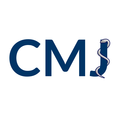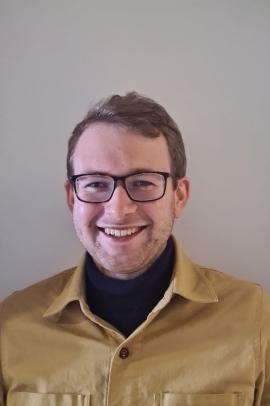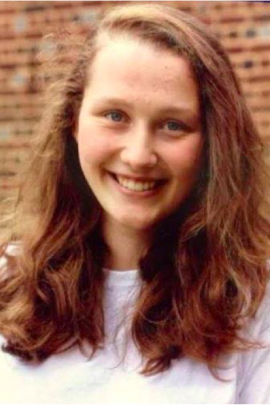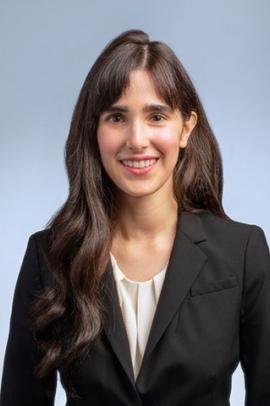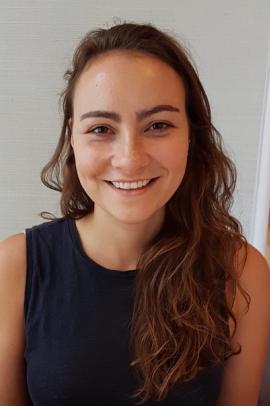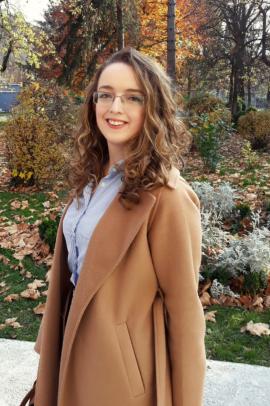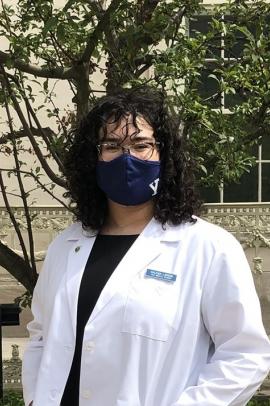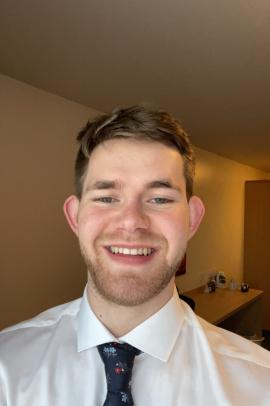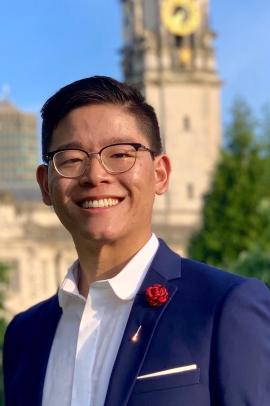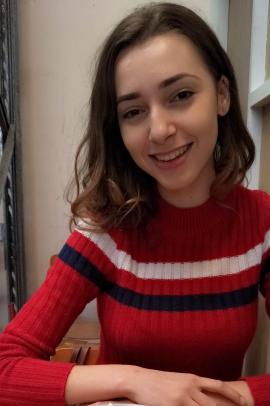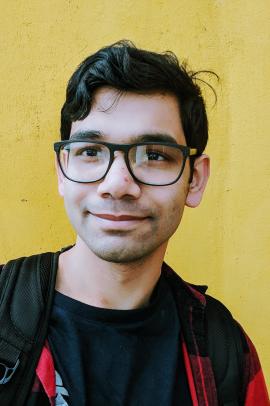An Anaesthetic Muse(um)
Jonathan Dauncey, Cardiff University, UK
doi:10.7244/cmj.2013.10.001
Proclaiming it possesses the historical magnitude of the ‘Natural History Museum’ or the g-forces created by the Typhoon Jet simulator in the ‘Science Museum’ is perhaps overstepping the mark. However, the Anaesthesia Museum in London is certainly worth an hour of your time if you ever find yourself shimmying the droves of wide-eyed cash-flashers on Oxford Street. Equidistant between Oxford Circus and Regent’s Park tube stations, the museum boasts over 3000 anaesthetic items from throughout the anaesthetic ages. It is a must-visit for those curious about the origins of a speciality that was conceived by plucky medics taking turns at inhaling mystical concoctions of unidentified gases that lined their 19th century labs in a quest to eliminate pain [1].
Not much bigger than a living room in a student dig, size doesn’t hold this establishment back from providing a fantastic overview of how modern anaesthetics came to fruition over years of chemical tinkering, trial and error and many a scream from those in the unenviable position of requiring a surgical operation in times before modern anaesthetic technique had been perfected. From the days of apothecaries in the 1500s producing melanges of hemlock, bryony root, opium and henbane [2], perhaps more suited to the pages of ‘Goshawk’s Guide to Herbology’ (of Harry Potter fame), we are taken on a clockwise journey through anaesthetic history. The development of anaesthetic apparatus in parallel with the discovery and use of anaesthetic agents and pain relief in dentistry, obstetrics and war are all presented on easy-to-read placards, interspersed with delicately preserved artefacts. There is even a touchscreen aural interview with Dr Andrew Hartle, consultant anaesthetist at St Mary’s Hospital and a key figure in the organisation and treatment of casualties involved in the London 7/7 tube bombings.
Folders containing brief biographies of those instrumental in this initially side-lined area of medicine add personalities and stories to the museum, with the elite’s portraits hanging proudly on the upper walls.
The ABC mantra is an ever present message for any practicing clinician. Countless face mask designs are presented on meticulously ordered shelves and armies of attachable airways rearing their backs like a regiment of cobras preparing to strike stand proudly in display cases above drawers of more design variations. These depict the relentless alterations that have been made over the years to establish apparatus that provides the quality and effectiveness of care we have come to expect from our health service today.
To say it was as satisfying as a healthy dose of diazepam to quell those pre-surgery jitters would be exaggerating. As a package, the museum fails to convey the gravitas of this discovery that diffused its way into 19th century Britain. Beautifully conveyed in ‘The Blessed Days of Anaesthesia’ by Stephanie Snow, is the common held belief in the pre-Victorian era that pain was a God-given entity that humans must endure and that pain was necessary during surgery to improve survival [3]. Pioneers of ether and chloroform eventually shirked off these delusions, paving the way for the speciality of anaesthesia to truly gain momentum, culminating in the diploma of anaesthesia being introduced in 1935. The administration of chloroform by John Snow to Queen Victoria during the labours of her 8th and 9th children [4] helped catapult the news of anaesthesia into the mainstream, making it the must have adjunct to child-birth.
Museums traditionally depict the past yet just as the ground-breakers of anaesthesia saw a future without pain, museums telling their stories must look forward from where their speciality stands today. This is sadly not the case in this museum but if in search of the vanguard of anaesthetic development, the Association of Anaesthetists of Great Britain and Ireland can be contacted for information regarding meetings, talks and conferences about the evolution of cutting edge anaesthesia in the 21st century.
I must admit, my anticipation and excitement dwindled slightly over the time I was there. This however was not disheartening, reinforcing the fact that the real pleasure and enjoyment from medicine comes not entirely from the history of the speciality but from the interaction with patients on a day-to-day basis. Yet, as I returned to the bright lights of Oxford Street and heard an ambulance’s droning siren carrying a luckless soul possibly to the skilled hands of an anaesthetist, I couldn’t help but admire the perseverance of those who relentlessly pursued the relief of suffering; the pioneers of pain prevention!
The Anaesthesia Museum, The Association of Anaesthetists of Great Britain and Ireland, 21 Portland Place, London, W1B 1PY
Opening Hours: Monday, Tuesday, Thursday, Friday 10:00 – 16:00
1. Snow, S. Blessed Days of Anaesthesia: How anaesthetics changed the world. Oxford: Oxford University Press; 2008 Chapter 2, Discoveries; p. 44-46.
2. Carter, A. Dwale: an anaesthetic from old England. British Medical Journal [Internet]. 1999 Dec 18 [cited 2013 Aug 27]; 319(7225): 1623- 1626. Available from:http://www.ncbi.nlm.nih.gov/pmc/articles/PMC1127089/
3. Snow, S. Blessed Days of Anaesthesia: How anaesthetics changed the world. Oxford: Oxford University Press; 2008 Preface; p. xii.
4. O’Donnell, A. Anaesthesia: A Very Short Introduction. 1st ed. Oxford: Oxford University Press; 2012. Chapter 7, The different branches of anaesthesia; p. 103.
- Log in to post comments
